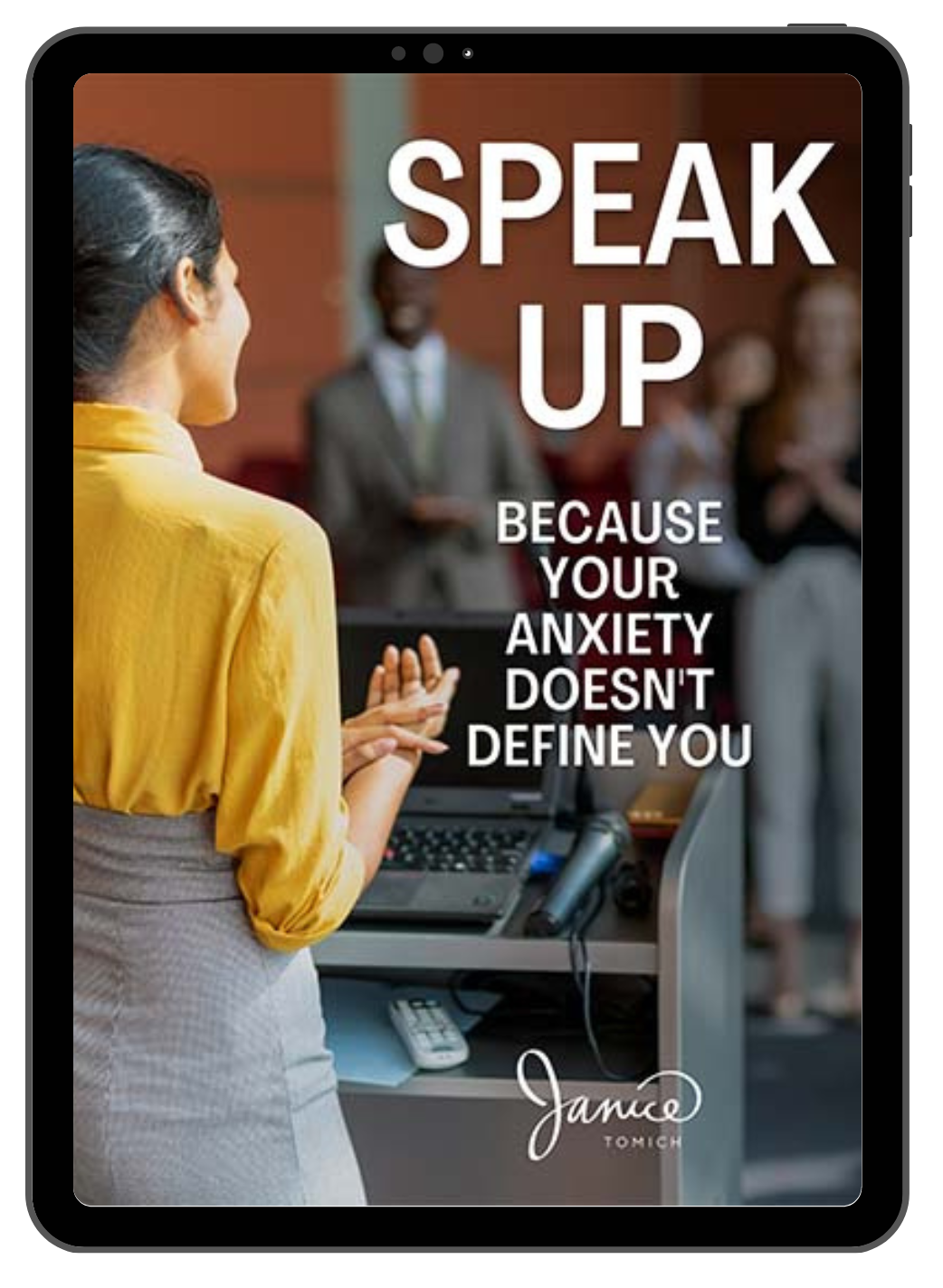A group of colleagues and myself meet weekly online. During our last meeting someone mentioned that although all of us are comfortable working online, many professionals aren’t. Not to mention that we’re guilty of being myopic by forgetting with those that haven’t kept up with effective video communication technology use.
The demands to meet via video communication platforms have grown over the past few years. It’s more important now than ever when our ability to meet in real life has been severely restricted.
Meeting online is a solid alternative to meeting in real life. It’s a time saver but has one pitfall – it often loses that warm connected feeling that happens during real life meetings. This weakness is because the online video communication space has lots of nuances that are different then meeting in the same physical space.
While delivering online you won’t receive much visual feedback from facial expressions or other body movements (if any at all). The small amount of intel you can gather takes lots of concentrated focus to interpret. It’s hard work to keep the connection meaningful and alive.
Effective video communication shines in a number of different scenarios if you learn the subtle nuances of how to deliver effectively:
- One to one meetings: An opportunity to learn about individual team member’s progress and catch up with your colleagues.
- Multiple attendee meetings: An efficient investment of time to share company updates and direction as well as learn about your team’s progress.
- Informative presentations: Your focus could be scenarios such as introducing new products, company direction or state of the union. When delivering using this type of online communication you’ll be responsible for holding the floor – there is often less interaction from your team(s)/colleagues.
- Panel discussions: Hosted to learn perspective from industry specialists. Panels are typically facilitated by a moderator. You and your colleagues will be asked to answer a specific question or share industry updates. A strong moderator is key to viewers staying engaged and preventing drop off.
- Pre-recorded presentation: Many professionals find this educational type of presentation challenging because you won’t receive feedback and will need to spend time evaluating your practice recording or have a communication professional audit it for you.
Here are five techniques I’ve learned over the years in my communication coaching and consulting practice that will help you feel confident in the scenarios I’ve mentioned above.
Table of Contents
Bump Up The Energy
Video comes across flat if you don’t add an extra boost of energy. It’s harder to read subtleties and nuances so you need to deliver the most energetic version of you. You can come across as boring, which means you’ll lose the connection to something more interesting such as checking texts or emails. I’m not recommending acting or over acting but instead deliver the best version of you.
Put yourself into a positive mindset…perhaps imagining when you’ve had a good / successful / fulfilling day. You need to show up with high energy to keep interest up and engagement high.
Truly Connect
Be human…no one wants to be bored by watching a robot who is reading their notes with eyes down glued to the page instead of looking at the camera …someone that comes off as a talking head.
Before your next video, consider the following questions:
- Who will be joining your meeting or webinar?
- What did they come to hear?
- How do they need to hear it?
- How will you know if you’ve successfully delivered what you had planned or more important what was expected?
- Will you open the floor to questions and interaction?
It’s easy to share and deliver what you know. For example, I could go on for hours about the field of communication but if I don’t have a good understanding of the problems that my audience has, as well as providing the solutions, I’d be met with lots of bored faces and online drop-offs. I will have wasted people’s time and won’t connect with my team members, colleagues, or audience.
Learn The Technology – Interact
Draw people in by encouraging conversations by actively listening to both verbal and nonverbal communication.
Online platforms provide lots of opportunities for interaction whether it’s hands up to speak, tapping a message into chat, or moving off to a separate room.
Take the time before you go live online to learn the technology to keep your interactions lively and ones that colleagues and audiences will want to attend. And please keep yourself up to date with the ever evolving sophistication of the platforms necessitated by increasing levels of security. You want to come off as calm and confident when you’re online, not the person who wastes everyone’s time not knowing where the buttons are.
Power of Silence
Us humans find silence hard and have a need to fill quiet space.
When you master getting comfortable with silence – being comfortable with dead air, you’ll provide an opportunity for thoughtful conversations and questions.
To ease the discomfort that your audience/colleagues might feel, let them know that you are providing time to give some thought to what was said or the question at hand.
When you get comfortable with silence you’ll model it for others and help them feel comfortable knowing it’s okay to not have to always try to fill up silent spaces.
Often creative ideas happen in the quiet gaps.
Leave space for ideas to flow and grow.
Strive For Imperfection
Recently, I received an inquiry for the VP of HR from a large corporation. They asked me to work with someone that was battling a lack of confidence (I hear this a lot).
The person in question’s role was to present the analytical perspective in client meetings and was described as logical, while his colleague was charismatic – they called him the schmoozer (not my words).
The schmoozer was described as perfect.
Perfect in how they communicated, dressed, and achieved everything they tackled.
The logical person was intimidated and had a hard time gathering their thoughts and articulating them when presenting with the schmoozer.
The VP of HR thought the person lacking communication skills was entirely the problem. They weren’t.
This is a common misconception.
When someone is too polished they can be intimidating to others. And people who might be challenged with speaking off the cuff don’t want to interact with them – they’re afraid of speaking because they might make a mistake.
People actually prefer to connect with others that are humble, have a few dents and marks on the polish, and can admit to their mistakes. Be that person and your online interactions will be engaging, efficient and effective.
The online meeting world is a burgeoning space. We don’t have all the technological answers yet to replicate in real life meetings but by being aware of the nuances, and understanding how we will be seen, is a good starting place to create the type of meeting spaces where people will want to (and perhaps even be excited to) join you.
I know it’s hard to have that difficult conversation, pitch that podcast, or choose just the right words to make your presentation come to life.


